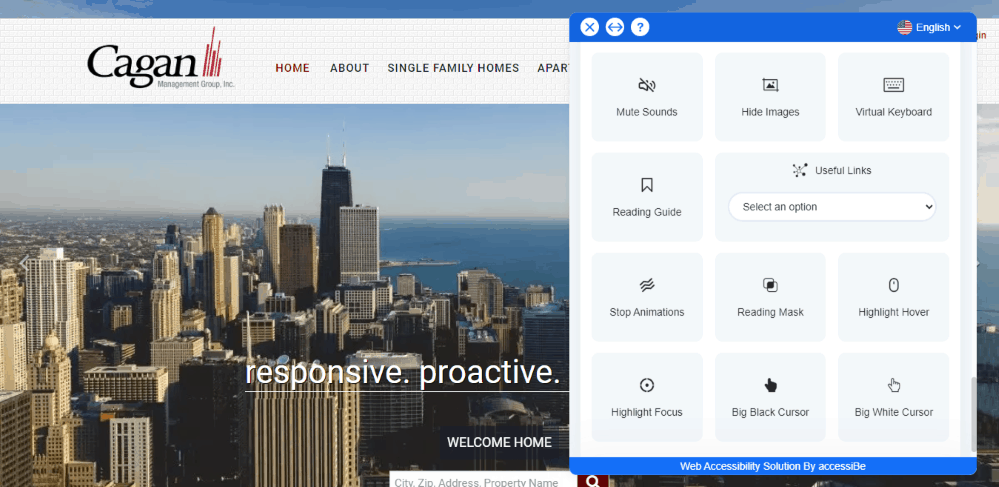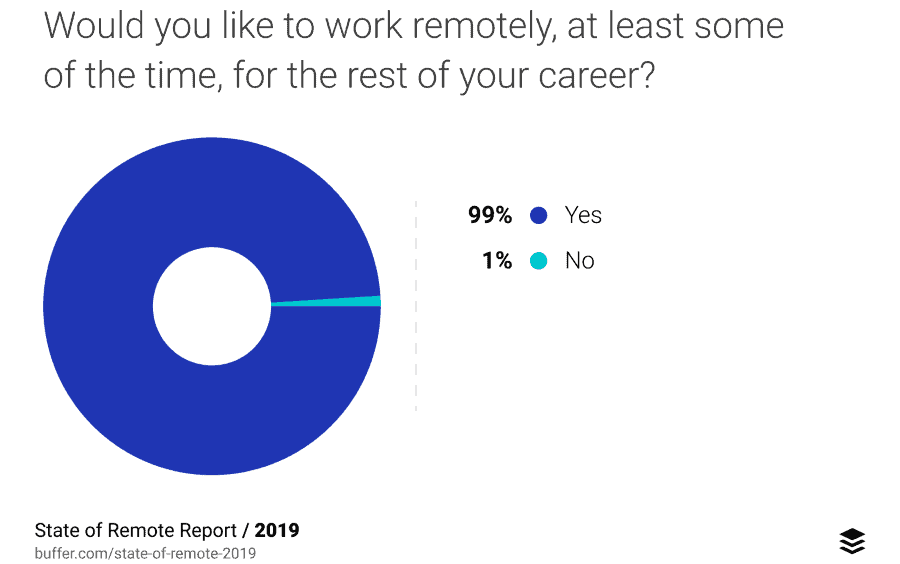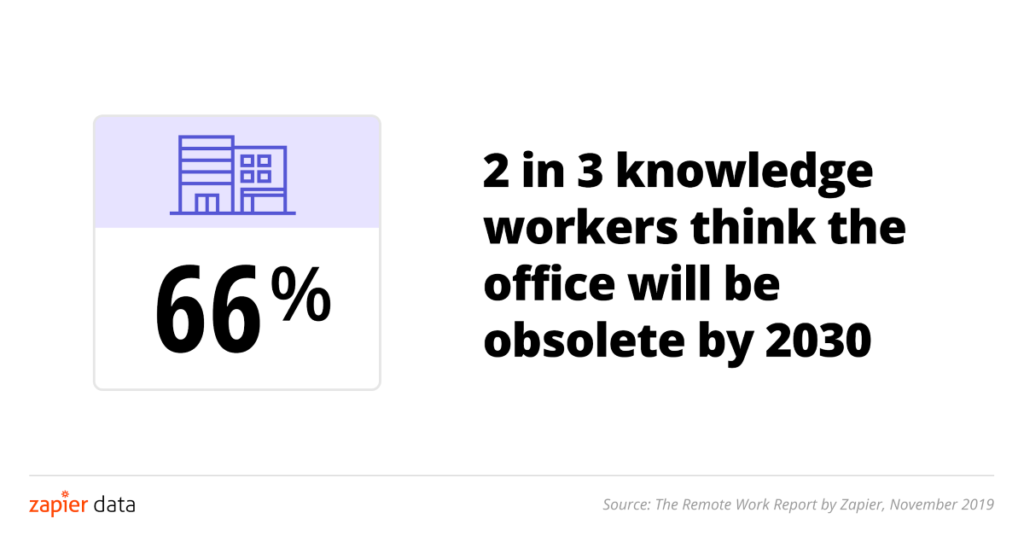[ad_1]
Featured image by beeboys
It may be months or even years before we regain a semblance of life as it was before COVID-19. We may just have to accept this reality and focus on preparing for the next normal.
How Will Your Business Prepare for the Next Normal?
The coronavirus has upended life as we know it, and its effects are expected to persist for years to come. Moreover, the pandemic is far from over. Outbreaks still rage in many parts of the world. Countries that have overcome their first waves are now seeing new cases emerge.
RELATED ARTICLE: COUNTRIES RESPOND TO THE ECONOMIC AFTERMATH OF THE PANDEMIC
There is rapid progress in vaccine development. However, most experts project that, depending on the activity, it may be months or even years before we regain a semblance of life as it was before COVID-19. We may just have to accept this reality and focus on preparing for the next normal.
Enterprises have been wrestling with the many changes that the coronavirus has brought. They have little choice but to adapt. The pandemic gave credence to the adage that if your business is just reacting to the changes, you’re going to fall behind. We’re seeing this in how companies that aren’t prepared to do business digitally are now struggling. Even several high-profile names are filing for bankruptcy.
What’s more, success in today’s highly competitive landscape requires enterprises to be ahead of the curve. Simply keeping up with the new ways of doing things is the least companies can do to survive in the new normal. However, to succeed, companies must now understand and anticipate what the next normal will be for their respective industries and markets. Then, they need to position themselves to deliver great value for their stakeholders.
Here are four ways enterprises can prepare for what’s next:
1. Prepare for the Next Normal by Working on Survival
Economists expect the global economy to shrink by 5.2 percent in 2020. Various counties have already entered recession. Some, including the US, are posting double-digit dips in their GDP for the first quarters of the year. Human activity and mobility are still limited in a number of territories. All of these factors create an unfavorable environment for commerce. For all practical purposes, then, enterprises must first work on surviving. There’s no point in looking too far ahead if the day-to-day business isn’t assured yet.
For the next normal, enterprises must take stock of how they are being affected by the pandemic and work toward remedying them. For example, companies that are highly dependent on supply chains should find ways to work around the disruptions. They can do this through more optimized logistics or through local sourcing. It may be high time for businesses to rethink how and where they source goods or base their manufacturers.
Companies could also look toward cutting costs. Eliminating non-essentials by scaling down office expenses and deferring capital improvements can help. Most office workers may prefer continuing working from home anyway. Some business owners may need to make tough decisions. But companies should be mindful that the pandemic is also a humanitarian crisis. Avoid job cuts as much as possible. Instead, look for ways to reduce human resources costs through salary cuts and by scaling back on bonuses and benefits, particularly for those who can afford them.
2. Understand the Next Normal Will Involve Shifts in Behaviors
People have radically changed their behaviors in response to the pandemic. More people are now buying online. While overall retail sales predictably dropped, 43 percent of ecommerce merchants reported increased sales in the middle of lockdowns. Many brick-and-mortar stores also started offering “buy online, pick up in store” (BOPIS) arrangements to cope.
Certain segments and niches such as health and wellness products predictably saw more favorable sales figures. With people stuck at home, online education, home improvements, entertainment, and hobbies also saw increased patronage. Workers are starting to acclimate to remote work, with almost 43 percent of US employees saying that they look to spend more time working from home even when the economy reopens.

Photo by Allie on Unsplash
Understanding these changes can guide enterprises on how to adjust to the next normal. The shifts in consumer behavior should provide leaders with insights on how they can possibly pivot their products and services to stay relevant. Knowing workers’ attitudes should also help companies put up updated programs and policies that would be supportive of their needs. These enterprises will be able to rebuild their customer bases and win support from their workers.
3. Commit to Digital Adoption
The pandemic has made clear how vital technology is to business. Digital leadership has once again shown to pay off greatly. Businesses with established ecommerce channels readily accommodated the influx of online shoppers. Companies that have shifted their workloads to the cloud also found themselves readily capable of remote work. At the same time, they minimized what could have been major downtime when lockdowns were enforced.
RELATED ARTICLE: INTRANETS: ARE THEY MORE SECURE THAN CLOUD STORAGE?
Enterprises should reaffirm their commitment to digital adoption and double down on their initiatives. Digital tools and automation can significantly increase efficiency. They cut down costs while improving productivity and quality, which are crucial in today’s landscape. Companies can review the changes in their processes brought about by the pandemic. Then they can incorporate the right technologies to support these workloads. Developments in cloud computing will make adoption easier, faster, and more affordable.
Aside from digitizing workloads, enterprises should also leverage digital tools to help rebuild and reinforce their corporate cultures. Remote work can make employees feel lonely and isolated. Onboarding people on how to manage remote work and providing them the means to communicate and collaborate with colleagues will greatly help.
4. Develop Adaptability and Resilience
Among the key factors that differentiate enterprises that are thriving right now and those that are struggling are adaptability and resilience. It is arguable that the nature of individual industries has a lot to do with outlook. For example, those in people-dependent and highly-analog industries like retail, manufacturing, and mining are expected to struggle due to all the COVID-19 restrictions. Meanwhile, companies like tech and financial services find themselves in more comfortable positions.
RELATED ARTICLE: 3 TYPES OF BUSINESS RIDING THE COVID-19 STORM
This said, enterprises should develop these attributes to improve their ability to weather future turmoil. Being open to rethinking business models and pivoting strategies allow companies to readily adapt to circumstances as they change. Having the ability to upskill or reskill employees, adjust workflows and processes, and deploy new technologies is also crucial moving forward. Enterprises should invest in developing these capabilities.
Preparation for the Next Normal Is Possible
The coronavirus pandemic showed us that disasters and calamities can strike any time. Moreover, they are capable of upending our ways of life. What is considered normal today may not be the case tomorrow. Most of us would surely hope that the threat of the coronavirus will eventually disappear and that we can all revert back to the way things were.
Enterprises would likely appreciate if they can simply do “business as usual” soon. However, all indicators appear to point at humanity living in the next normal. This leaves us with little choice but to adapt. With insights and strategies, enterprises can find ways to survive the current crisis and work toward thriving in the next normal. And since there is no foolproof and definitive way to say what shape the next normal will take, the best any of us can do is prepare.
The post 4 Ways Enterprises Can Prepare for the Next Normal appeared first on Business Opportunities.
[ad_2]
Source link



















